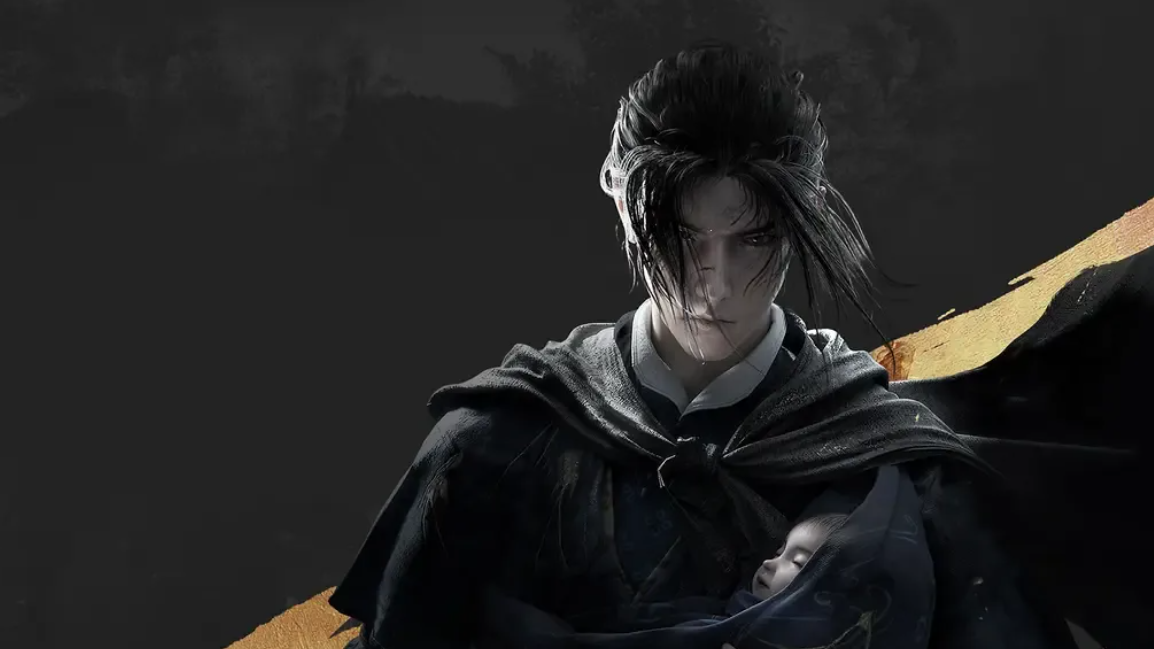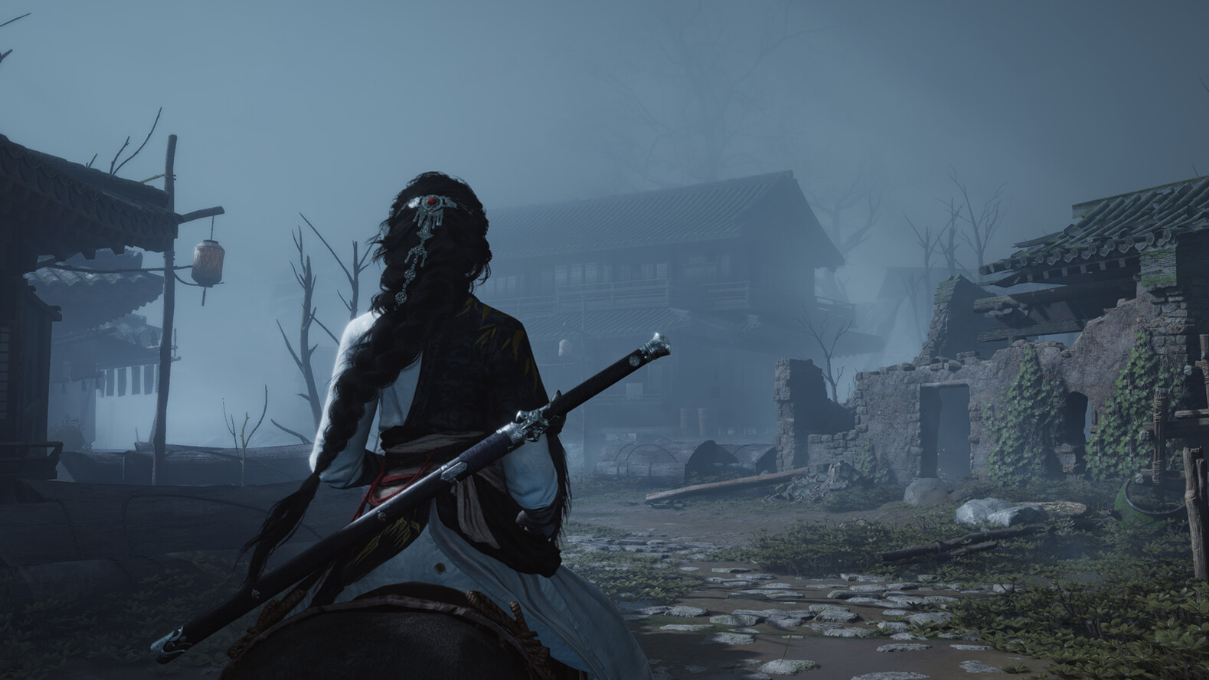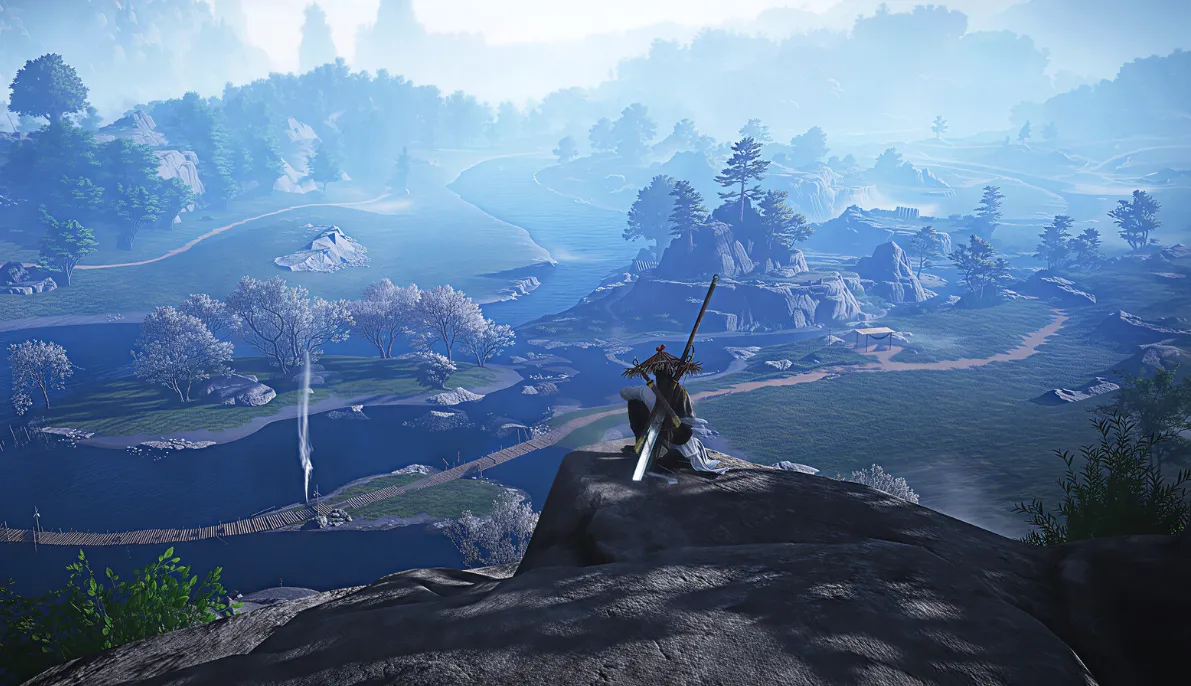Where Winds Meet looks, on the surface, like the kind of story-heavy RPG that would be packed with romance routes. It has a voiced protagonist, a sprawling Wuxia world, and a strong focus on character interactions. But its approach to romance is very different from games like The Witcher or Mass Effect, and that has already surprised a lot of players.
Where Winds Meet romance options: the short version
| Romance feature | Who it’s with | What you can actually do | What you cannot do |
|---|---|---|---|
| Marriage system | Other players (multiplayer mode) | Form an in-game couple with another player character, use it as a social/MMO feature. | Marry NPCs, unlock classic story-driven romance quests with companions. |
| AI NPC relationships | Specific AI-enabled NPCs | Chat freely, flirt, raise relationship level, receive weekly gifts and other perks. | Formal romantic “routes” with cutscenes, marriages, or clearly defined partner status. |
| Village / housing interactions | NPC residents you place | Decide where certain NPCs live, sleep, and go about their routines inside your settlement. | Turn these placements into official romance or marriage systems. |
| Story content | Story characters and side NPCs | Experience Wuxia drama, friendly bonds, hints of flirtation in some dialogues. | Branching love stories with lock-in choices and multiple romance endings. |
So yes, there is romance, but it comes in two very different forms: player–player marriage, and looser, AI-driven bonds with NPCs that stop short of being formal romance routes.
Player marriage: romance system is between players only
Where Winds Meet includes a full marriage feature, but it is designed for multiplayer. The system lets two players form an in-game couple; it’s the familiar “marriage” you see in many online titles from Chinese studios. It’s mainly a social feature for people who want to play together as a pair, and it sits alongside guilds, co-op, and other MMO-style systems documented on the game’s Steam page and official site.
That design choice has a direct implication: in the current version, you cannot marry NPCs. Players hoping to romance story characters or companions in a single-player sense will not find a traditional romance menu, affinity meter, or marriage questline tied to NPCs. The marriage slot is reserved for human partners only.
For anyone who prefers to flirt with a scripted character instead of scheduling time with another player, that can be disappointing. But it’s a deliberate split: single-player gets a narrative-driven Wuxia adventure; multiplayer gets an MMO-like layer with guilds, PvP, co-op, and optional player marriage.

Single-player mode vs romance: what you actually get
Where Winds Meet can be played as a solo, narrative-led experience or as a hybrid MMO with hundreds of people around you. The Steam listing specifically flags both “Singleplayer” and a long list of online features, and the developers describe it as a hybrid that lets you switch between a solo story world and online modes.
That structure often leads to a natural question: if you play exclusively in single-player, are you locked out of romance entirely? Not quite, but the flavor of “romance” looks very different.
In single-player, you still interact with a dense cast of NPCs. The world is built around the idea that your conduct shapes your reputation: you can help villagers, pick sides in conflicts, or drift into criminality and face bounties and jail time. You’ll have dramatic story beats and emotional character moments, but they aren’t structured as explicit romance routes with affection choices and relationship locks.
Instead, the game leans on a different system: AI-enabled NPCs who can respond to free-form conversation and develop a relationship with you over time.
AI NPCs and flirting: how non-player “romance” really works
Some NPCs in Where Winds Meet use an integrated conversational AI system. These aren’t the usual static quest-givers with two dialogue lines. You can talk to them more freely, pick different tones, and steer conversations into friendship or light flirtation.
Those chats are not just flavor. The game tracks your relationship with these AI NPCs. If you invest in talking with them and “win their heart,” they can reach certain relationship thresholds and start offering tangible rewards—most notably, weekly gifts and other perks. The Fextralife NPCs overview also highlights that higher relationship levels may unlock additional benefits, reinforcing that this is a proper progression system, not just throwaway banter.
Crucially, none of that is framed as formal romance in the way RPG players usually mean it. You are not:
- Choosing one NPC as an official partner.
- Advancing through clearly labeled romance quests.
- Triggering bespoke couple cutscenes or endings.
Instead, you’re building looser bonds that can feel flirtatious if you lean them that way, and the game rewards that with practical bonuses. You can absolutely role-play these relationships as romantic in your own headcanon. The underlying systems, though, are about affinity and utility rather than scripted love stories.
NPC placement and “fake cohabitation” tricks
The game’s building and settlement tools add another layer to how people are thinking about NPC “romance.” You can develop your own village or housing area and choose where certain NPCs live, sleep, and go about their daily routines. That includes selecting their bedroom or even where they bathe.
Because the housing grid is fairly flexible, players have already described ways to visually suggest cohabitation with an NPC—for example, placing your bed directly on top of an NPC’s bed so that, when night comes and they lie down, it looks like you share the same sleeping space. This is not an official feature; it’s more of a layout exploit that creates a suggestive scene inside your home.
Mechanically, the system does not recognize that as a romantic relationship. There is no hidden “you live together” flag, no unique couple dialogue, and no marriage registration with NPCs behind the scenes. You’re arranging furniture and exploiting pathing rules to tell your own story.
For some players, this scratches the itch of having a favorite NPC “stay” with them. For others, it feels odd without any supporting romance mechanics, and they simply ignore it. The key point is that it’s purely cosmetic and self-imposed.
Relationship rewards: weekly gifts and perks from NPCs
The most concrete, system-level payoff from building NPC relationships is the steady flow of rewards. NPCs with the AI system can become fond of you over repeated interactions and start sending you gifts. These arrive on a weekly cadence and can include useful items, echoing the “bond for rewards” structure from other action RPGs with light relationship systems.
From a design standpoint, this turns emotional engagement into progression. Time spent talking, flirting, or simply checking in becomes a parallel track of character growth. You’re not just grinding enemies or clearing dungeons; you’re also cultivating social ties that help your character along.
These gifts and perks exist regardless of whether you choose to read the interaction as friendship or romance. The game does not label them as “boyfriend” or “girlfriend” features, but the feeling of being rewarded for attention and affection is very much present.
How this compares to classic RPG romance systems
For anyone coming from games like The Witcher 3, Dragon Age, or Mass Effect, Where Winds Meet’s stance on romance will feel unusual.
| Game | Romance structure | Who you romance | Formal marriage? |
|---|---|---|---|
| Where Winds Meet | Player–player marriage; AI NPC affinity with gifts; light flirtation. | Other players (marriage), AI NPCs (soft bonds). | Yes, but only with another player. |
| The Witcher 3 | Scripted romantic routes with key choices and story outcomes. | Story companions (e.g., Yennefer, Triss). | No full marriage system; focus is on narrative relationships. |
| Fable series | Simple affection meters for many NPCs; cohabitation and family life. | Most town NPCs. | Yes, with NPCs (multiple possible partners). |
| Typical MMO with marriage | Marriage is a social buff or cosmetic system between players. | Other players only. | Yes, as a dedicated social feature. |
Where Winds Meet clearly leans closer to the “MMO with marriage” model than to the “single-player romance RPG” model. The narrative is rich and emotional, but it doesn’t funnel that into lock-in romance arcs with companions. Instead, it leans on social play and soft NPC bonds, with rewards that matter mechanically but not in terms of story branches or endings.

If you care about romance, is Where Winds Meet for you?
Whether Where Winds Meet fits what you want from romance depends on what you’re chasing:
- If you want fully written romance arcs with specific NPCs, choices that define who you end up with, and unique story payoffs, this game does not currently offer that style of system.
- If you’re happy with softer, more free-form interactions—flirting in chat with AI NPCs, receiving gifts for building long-term bonds, and arranging your settlement to suggest your own headcanon relationships—there is enough here to support that style of play.
- If your priority is sharing an in-game life with a real partner or friend, the existing player–to–player marriage system gives you exactly that in multiplayer worlds.
The game’s broader identity is still an open-world Wuxia action RPG: martial arts combat, exploration across the Five Dynasties and Ten Kingdoms period, and a hybrid of solo story and online features. Romance is a side system layered on top of that, not the spine of the experience.
If your main concern is “Can I romance NPCs like in a traditional single-player RPG?”, the honest answer is: not in the way you’re used to. You can charm them, befriend them, maybe flirt a little, and reap weekly rewards—but you won’t be walking them down the aisle.


